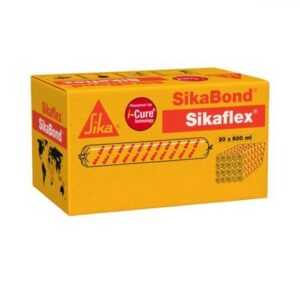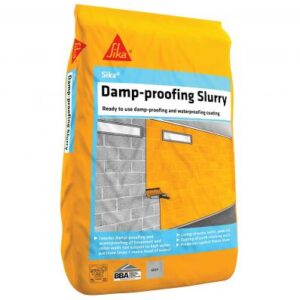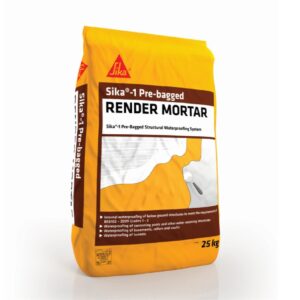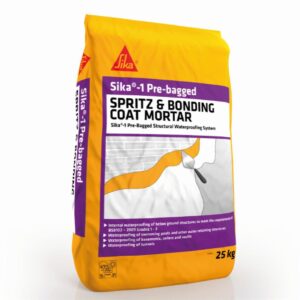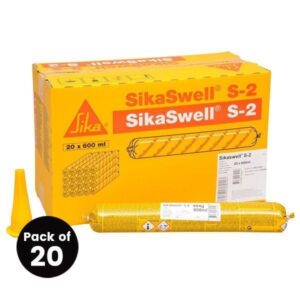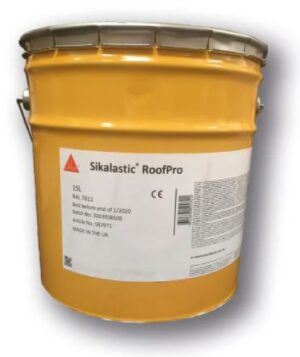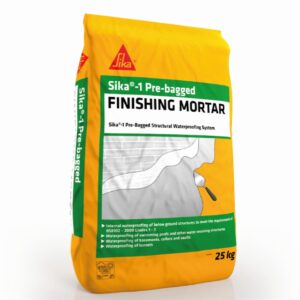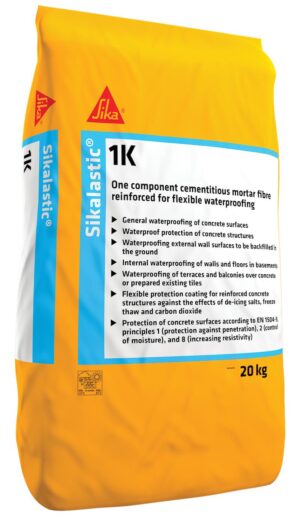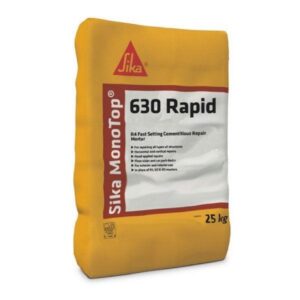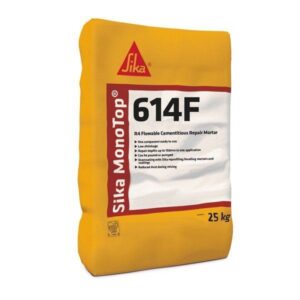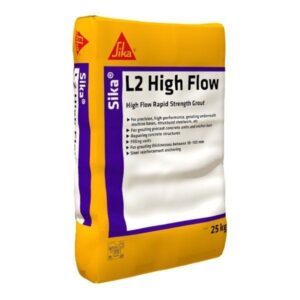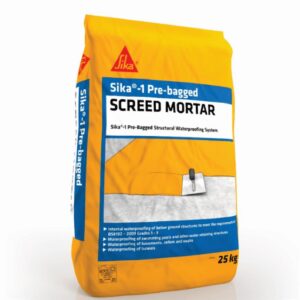What is waterproofing?
Waterproofing is a fundamental aspect of building construction – from the roof covering materials, siding and foundations, all surfaces need to be water-resistant and often waterproof. While most roofing materials are made to be water resistant due to the slope of the roof which allows for natural water shedding, there are cases where roofing needs to be waterproof – if the roof is flat, for example, or for ice damming.
There are a number of different waterproof membrane systems to choose from when undertaking a building project, and which one you go for depends entirely on your specific construction needs. One particularly common aspect of waterproofing is damp proofing – a kind of moisture control applied to building floors and wall during construction works to keep moisture from passing into the interior areas.
Some areas where waterproofing is particularly crucial include rooftop decks and balconies, as well as earth sheltering, where there’s potential for humidity issues. Sika®-1 Waterproofer, for example, serves to block the pores in the applied renders, screeds and mortar to provide a barrier against water.
Where is waterproofing required and/or necessary?
Both the exterior elements of a building (the building envelope) and the interior materials which reinforce the envelope, are equally important aspects to consider when integrating waterproof elements during construction. All parts of a building which are exposed to the elements are therefore prone to wear and potential moisture penetration, but the main culprits prone to leaks are usually the roof, foundation and windows.
As a first line of defense against weather and other outside forces for each building are its façade and the building envelope, which means these are also the key components making up the building’s waterproofing system. Waterproofing buildings during construction is the best course of action, due to the fact that an integral part of waterproofing systems is located underneath the façade; moreover, it’s good practice to waterproof the foundation of a building to avoid any below ground leaks.
As the second step of the Sika 1 Waterproofing System, add an intermediate (or ‘body’) coat of Sika-1 Render Mortar to produce a waterproof rendering mortar. For a water and damp proof finish, apply the ready to use thin layer Sika Damp-proofing Slurry coating.
Since it is possible for cracks to appear in the foundation walls of a building just as they do in a façade, water damage and seepage are not issues restricted just above ground. Therefore, an important part of every construction project is identifying the best way to waterproof or repair the foundation of a building depending on its type.
What are the benefits of waterproofing?
There are a number of benefits to waterproofing your building. For one, waterproofing concrete structures with highly elastic, cementitious fibre-reinforced mortar such as Sikalastic®-1K strengthens the architecture of a building by limiting the ways moisture and water can enter, which helps avoid damage such as corrosion, rotting and rust, thus prolonging the lifespan of the construction. Waterproofing also prevents moisture build-up in the walls and ceiling of buildings, which means mould growth is less likely to appear and cause health issues.
Another undisputable benefit of concrete waterproofing is the fact that it is very cost effective – if a building is well protected against water damage, it’s less likely to require expensive repairs. Further on this, if the aesthetic look of a building is preserved, and there are no waterproofing problems, the value of a property is likely to increase significantly.


